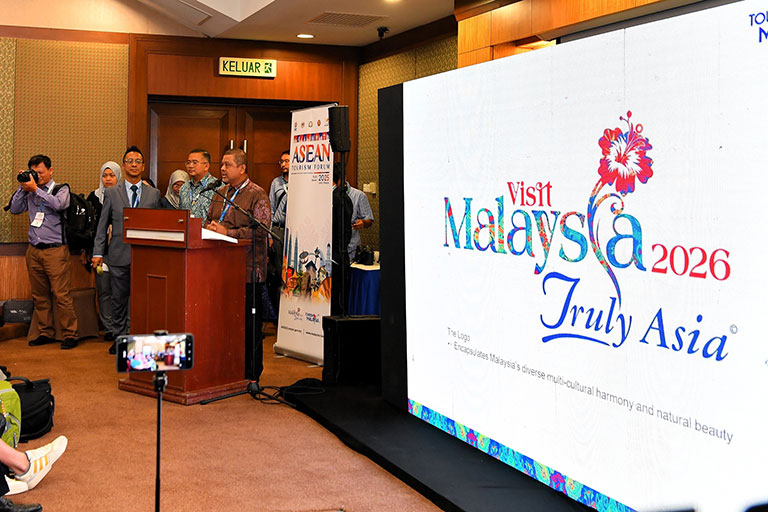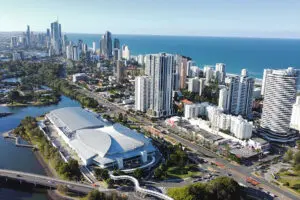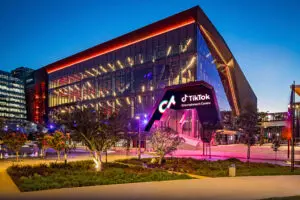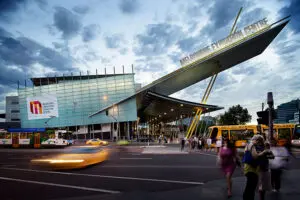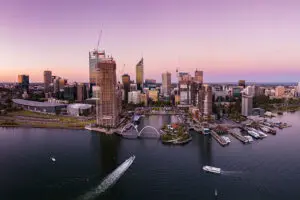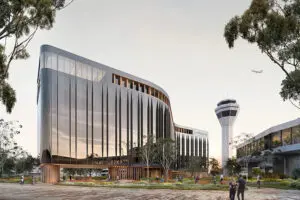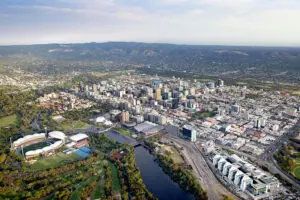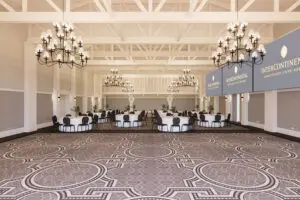These were shared at media briefings during the ASEAN Tourism Forum (ATF) in Johor Bahru, Malaysia in January.
Host country Malaysia, in promoting Visit Malaysia 2026, announced the theme as “Malaysia: A sustainable destination and rich in culture”. It will focus on high-yield tourists, including business visitors, and sustainable tourism.
The campaign will aim to increase tourist arrivals, extend length of stay through enriching cultural and eco-tourism experiences, empower local communities and improve infrastructure. Niche tourism experiences will also be promoted to encourage higher spending.
Tourism Malaysia offices overseas will cooperate with the Malaysia Convention & Exhibition Bureau, especially in event bids. However, plans and priority areas were not announced.
In incentive travel, China, India, South Korea, Europe and other ASEAN countries are the main targets for Malaysia, with Australia also considered.
Meanwhile, Indonesia is seeking to strengthen its image as a quality tourism destination. It is pushing experiential tourism through special interests such as culinary, fashion and luxury themes.
Tourism villages are being developed in both popular and new destinations, with local awareness and readiness being encouraged.
Fishing town Labuan Bajo in East Nusa Tenggara is one of the exciting new destinations where resorts practise sustainable tourism. Just a 1.5-hour flight from Bali, it is the gateway to Komodo National Park and offers beaches, hills and brilliant sunsets.
Jetstar Asia will launch direct twice-weekly flights from Singapore to Labuan Bajo from March 20.
Mandalika in south Lombok is extending its attractions beyond beach resorts to tourism villages and sports tourism such as the MotoGP.
And, to forestall over-tourism, Borobudur in central Java is limiting capacity to 1,200 visitors daily and encouraging visits to the ancient Prambanan Hindu temple complex as well.
Singapore presented its latest and upcoming attractions and experiences, enhanced and new hotels, including at the two integrated resorts, and a strong event line-up.
However, for the second year running, Singapore and Brunei were missing from the TRAVEX show floor, disappointing buyers and trade visitors.
Singapore Tourism Board (STB) director of communications, Kwan Su Min, said: “While we do not have a dedicated booth at the exhibition, STB hosted a destination update and networking session for trade partners to meet Singapore suppliers and learn more about the latest tourism offerings.
“Our industry stakeholders and regional offices continue to maintain regular and close contact with many ASEAN travel trade partners as part of their daily operations. Singapore will also continue to collaborate closely with our Southeast Asian tourism and travel counterparts at various platforms.”
She added that Singapore will maintain the alphabetical pattern by hosting ATF and TRAVEX in 2027.




